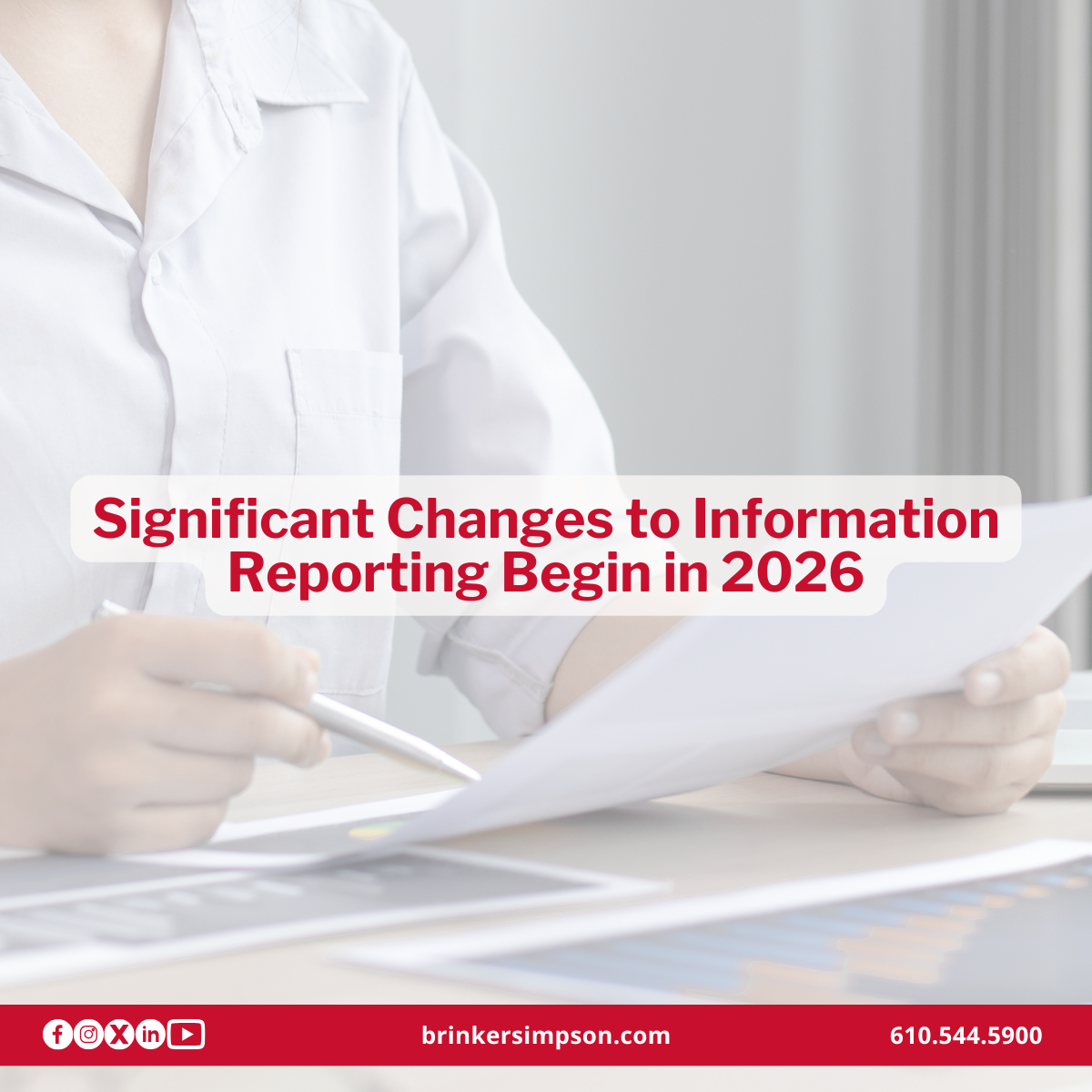It can be challenging to keep track of which accounting rules are changing, when the changes kick in and for which types of entities. Plus, implementing the necessary revisions to your organization’s procedures and systems often takes time and resources. Here are five updates that go live for certain entities this year.
1. Targeted improvements for long-term insurance contracts
Accounting Standards Update (ASU) No. 2018-12, Financial Services — Insurance (Topic 944): Targeted Improvements to the Accounting for Long-Duration Contracts, was issued in 2018, but its effective date was deferred twice. It requires insurers to 1) review annually the assumptions they make about their policyholders, and 2) update the liabilities on their balance sheets if the assumptions change. Updated liabilities will be measured using a standardized, market-observable discount interest rate based on the yield from an upper-medium-grade, fixed-income instrument. This is a more conservative approach than the method used for insurance policies under previous guidance.
Large public insurance companies must implement these changes in 2023. This may initially require significant, expensive software changes. Private insurers have until 2025 to make the changes.
2. Expanded disclosures for supplier finance programs
With a supplier finance program, the buyer arranges for a third-party finance provider or intermediary to pay approved invoices before the due date at a discount from the stated amount. Meanwhile, the buyer receives an extended payment date, say, 90 to 120 days, in exchange for a fee. This enables the buyer to keep more cash on hand. ASU No. 2022-04, Liabilities — Supplier Finance Programs (Subtopic 405-50): Disclosure of Supplier Finance Program Obligations, will require buyers to disclose the key terms of supplier finance programs and where any obligations owed to finance companies have been presented in the financial statements.
3. Changes to M&A accounting
ASU No. 2021-08, Business Combinations (Topic 805): Accounting for Contract Assets and Contract Liabilities from Contracts with Customers, requires companies to measure contract assets and liabilities acquired in a business combination as if they originated the contract. Under previous rules, buyers were required to report acquired customer contracts at fair value.
The updated guidance generally requires buyers to report acquired contracts consistent with how they were reported on the seller’s financial statements if the amounts were accurately reported in accordance with the revenue recognition rules under U.S. Generally Accepted Accounting Principles. This update goes into effect in 2023 for public companies and in 2024 for private ones.
4. New model for reporting credit losses
ASU No. 2016-13, Financial Instruments — Credit Losses (Topic 326): Measurement of Credit Losses on Financial Instruments, requires banks and other entities that extend credit to forecast into the foreseeable future to predict losses over the life of a loan and then immediately book those losses. The updated guidance is designed to provide more-timely reporting of credit losses, but measuring losses is challenging in today’s uncertain, inflationary marketplace. It primarily affects banks and other financial institutions. However, any company that has trade receivables, notes receivable, investments in held-to-maturity debt securities or contract assets will be affected.
Large public companies have already transitioned from the incurred loss model to the current expected credit losses (CECL) model. This year, small public companies, private companies and not-for-profits must adopt the new CECL model.
5. Hedge accounting changes
ASU No. 2022-01, Derivatives and Hedging (Topic 815): Fair Value Hedging — Portfolio Layer Method,clarifies the updated guidance from 2017 on hedging transactions. It expands the current last-of-layer method (now called the “portfolio layer” method) that permits only one hedged layer to allow multiple hedged layers of a single closed portfolio.
The updated guidance bridges the gap between hedge accounting and the CECL standard to clarify that an entity is prohibited from including hedge accounting impact in the credit loss calculations. It also specifies how to consider hedge basis adjustments when determining credit losses for the assets included in a closed portfolio. The changes go into effect in 2023 for public entities and 2024 for private ones.
Are you ready?
In addition to educating your staff about accounting rule changes in the pipeline, you also should consider letting investors and lenders know about any changes that could have a major effect on your financial statements in 2023. Contact us for more information or help adopting these new rules.



